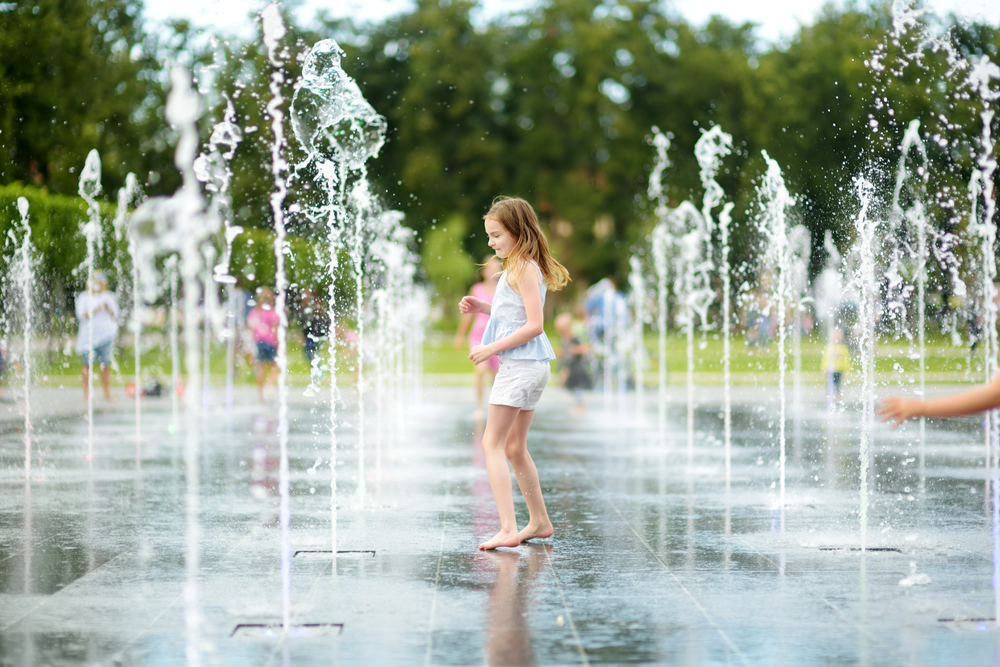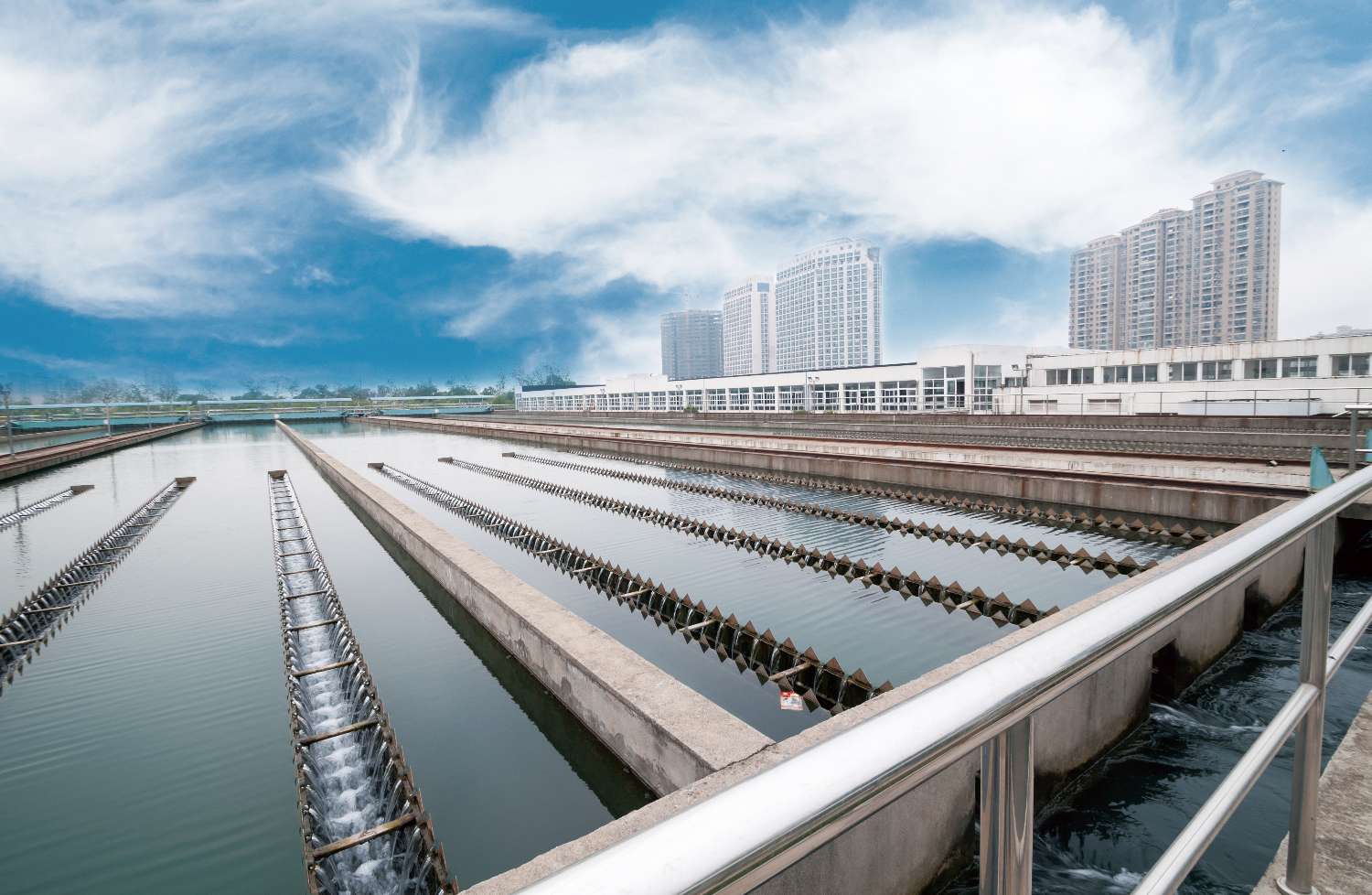Blog
Can digitalization prevent water issues in Europe’s cities?
Urban areas in Europe already face difficulties with sustainable management of urban water resources. Furthermore, shall the projections of the increase in population living in urban areas fulfil, there is a risk that the residents will have no access to healthy water.

Cities will have to take steps to efficiently manage their water resources using modern technologies. So, the DIGITAL-WATER.city project was born.
This program under the auspices of the European Commission aims to employ the latest technologies for better use of water resources in urban areas.
Augmented reality, mobile apps and unmanned aerial vehicle
The project is part of the Horizon 2020 programme and didn’t remain a dead letter. Five major European cities, Paris, Berlin, Copenhagen, Milan, and Sofia, already joined the pilot stage.
They’ve already put in place some of a total 15 advanced digital solutions, ranging from groundwater management, wastewater treatment to sewer maintenance and operation.
Paris decided to join the project mainly because of the upcoming Olympic Games to be held in the capital of France in summer of 2024. Due to the high number of tourists using the city’s bathing spots, fountains, and the Seine on the hot summer days, Paris has already implemented some of the project solutions, such as the ALERT system. It is a fully autonomous device designed to actively monitor the concentration of harmful bacteria in the River Seine.
 The autonomous ALERT system, monitoring the bacterial concentrations in city rivers, reduces the risk of health complications. Retrieved from: digital-water.city
The autonomous ALERT system, monitoring the bacterial concentrations in city rivers, reduces the risk of health complications. Retrieved from: digital-water.city
Data from the ALERT system as well as from other sensing units are processed and the increased health risk after bathing is predicted. Finally, people are warned to avoid bathing areas in the high-risk river sections via mobile app.
Berlin also uses the ALERT system, however, the capital of Germany also faces challenges with illicit discharge of rainwater into the city’s sewer networks. Fibre-optic cables were installed into the sewers to function as temperature sensors.
Readings containing the exact location of the illicit connection to the sewage system are obtained every 30 seconds for every 50cm cable.
The public in Berlin can also observe the state of groundwater in 3D augmented reality via mobile app. Municipal services workers can also inspect the contamination of Berlin sewer system using an advanced camera system.
Innovations also apply to wastewater treatment
Wastewater treatment and reuse as well as operation of WWTPs also benefit from digitalization. The prediction of capacity of the wastewater treatment plants was the primary objective in Copenhagen.

HOFORE, utility operating Copenhagen sewers, implemented a system to avoid sewers overflows.
The combination of water level monitoring in the sewer networks, rain gauge data, and weather data allows for the real-time flood risk assessment, with forecast lead time of 48 hours.
Since the system can predict the flow of rainwater in the sewers, it can send a signal to the WWTP in advance in order to allow more exact and timely adjustments of the WWTP’s capacity and ensure lowest possible wasting and full use of wastewater.
Wasting treated wastewater suitable for reuse is out of the question for Milan as well. The city centre, just like the major part of Lombardy region, aims to reuse the wastewater for agricultural irrigation which, however, creates a risk of wastewater contamination in the agricultural areas. These can be eliminated by an advanced safety system providing data on the presence of E.coli directly at the WWTP.
The monitoring system requires no human intervention. As soon as the treated water is evaluated as suitable for irrigation, the irrigation is carried out automatically. The irrigation efficiency is ensured by an unmanned aerial vehicle.

Cities desperately need wastewater
Experts say that only 40 percent of surface water and groundwater in Europe’s water bodies meet the requirements prescribed by water use standards. Cities have no other option than to treat wastewater and make it suitable for reuse.
Some innovations under the DIGITAL-WATER.city project might be still under development, but the ambition is clear: ensure sufficient water quality in urban areas, reduce the use of natural water resources, and attract new investors by deploying modern technologies.
More articles
USA Distillery
After a few months, we finished work with a small scale model of high-load anaerobic IC reactor. In the assignment, the customer asked us to...
7 common myths about drinking water and its sources
Many nonsense myths about water and its sources persist in the public sphere. This article will walk you through the most common and most recent ones.
